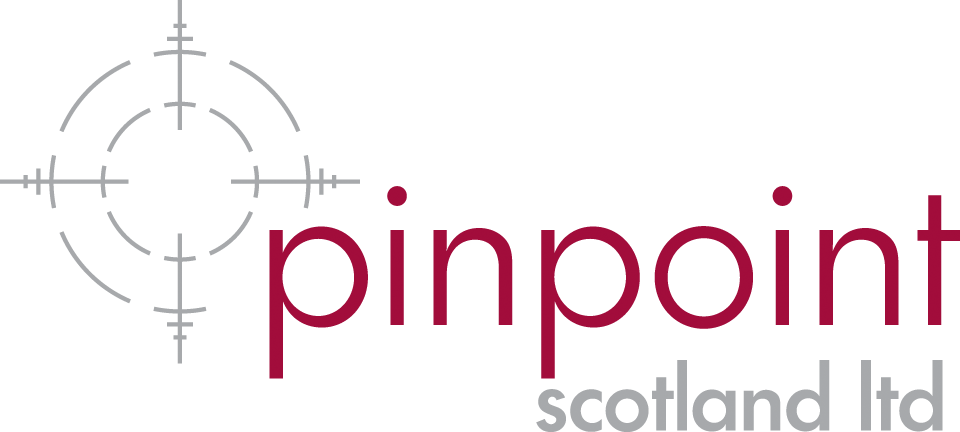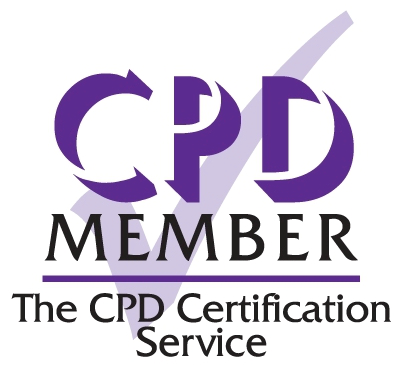The HoneyCombTM lift is a non-invasive solution for tightening and rejuvenating the face and neck using Fotona’s advanced SMOOTH® technology. By delivering precise thermal stimulation through HC6 optics and the T-Runner® scanner, this innovative procedure addresses skin laxity, fine lines, and textural irregularities. In this article, I outline my approach to patient selection, preparation, and execution of the HoneyCombTM lift procedure, along with post-treatment care and follow-up strategies.
Patient selection and preparation
The ideal candidates are patients with mild to moderate skin laxity, particularly on the face and neck, or those with fine lines or ‘cigarette paper skin’. It is a good option for individuals seeking a quick, non-invasive treatment with minimal downtime. As with any laser-based procedure, standard contraindications apply, such as active infections or photosensitivity.
Before treatment, the patient’s face is thoroughly cleansed. Proper setup of the equipment is essential: the T-Runner scanner is fitted with HoneyCombTM optics and a short spacer. I choose between high and low presets based on the patient’s skin condition and tolerance. High-energy presets are ideal for pronounced laxity and patients who can tolerate more intense settings, while low-energy presets are used for those with sensitive skin or who prefer a more comfortable experience. This flexibility allows tailoring each treatment according to the patient’s unique needs and tolerance.
Procedure
The lift is performed in four stages, each targetting different areas to ensure comprehensive coverage and optimal tightening. The procedure utilises Fotona SMOOTH® mode, which operates through a dual heating mechanism:
- Intense heat-shock biomodulation (i-HBM): Short bursts of energy create rapid heating in the superficial skin layer, reaching temperatures above 70°C.
- Deep hyperthermia and coagulation: Gradual, deeper heating promotes collagen remodelling and tissue tightening.
This dual mechanism is critical for achieving effective tightening and lifting, enhancing both skin texture and elasticity.
- Step 1: Treatment begins with a single pass over the entire face, ensuring even energy distribution. The T-Runner’s computer-controlled scanning minimises the risk of uneven coverage.
- Step 2: Two passes are performed over the side areas of the face, focusing on the cheeks and jawline to maximise the lifting effect. A slight overlapping of passes ensures full coverage.
- Step 3: A single pass is made over the central face, including the forehead and perioral regions, targeting fine lines and promoting mid-facial tightening.
- Step 4: The neck is treated with one pass, ensuring a balanced, harmonious rejuvenation of the lower face and neck.
Throughout the procedure, I monitor the patient’s comfort closely and adjust settings as needed to ensure an effective but tolerable experience. No anaesthesia is needed for execution of this procedure.

Patient before treatment (left) and one month after the third session (right).
Post-treatment care and recovery
After the treatment, Cicaplast spray is applied for its soothing effect on the skin. At home, patients are advised to use Cicaplast cream twice daily to aid healing and hydration. A mild burning sensation and redness typically lasts for 24 hours, followed by delayed peeling. Patients should avoid strenuous activities on the day of treatment, but can resume their normal routines the following day.
Assessing results and follow-up
Patient satisfaction is the primary measure of success. To assess results, I take pre-treatment photographs, followed by post-treatment photographs one month after the final session. These images help to evaluate improvements in skin texture, pore size, wrinkle reduction, and overall tightness, especially along the jawline. With careful patient selection, precise execution, and thoughtful aftercare, the HoneyCombTM lift delivers a safe, effective, and highly customisable solution for non-invasive skin tightening.
Declaration of competing interests: The author is employed by Fotona d.o.o. as a lecturer and clinical expert in the field of laser medicine in aesthetics and pain management.








